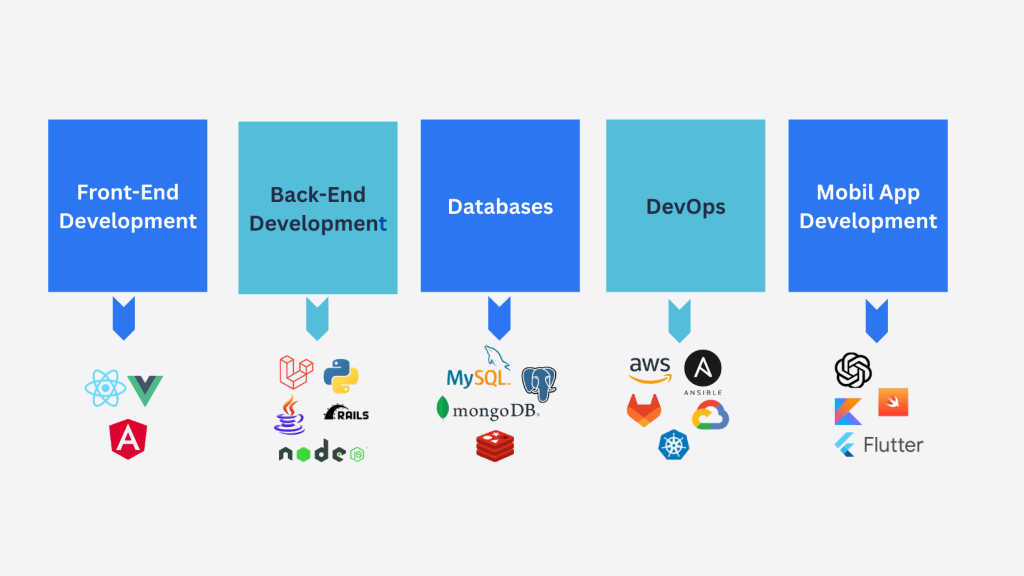Pulse of Information
Your source for the latest insights and updates.
Full-Stack Development: The Swiss Army Knife of Coding
Explore the world of full-stack development and discover why it’s the ultimate tool for modern coders. Unlock your coding potential today!
What Does It Mean to Be a Full-Stack Developer?
A full-stack developer is a professional capable of working on both the front end and back end of web applications. This means they possess a diverse skill set that encompasses different programming languages, frameworks, and tools. On the front end, a full-stack developer focuses on user interface design and experience, using technologies like HTML, CSS, and JavaScript to create visually appealing and interactive websites. On the back end, they work with server-side languages such as Node.js, Python, or Ruby, along with database management systems like MySQL or MongoDB to ensure data is processed and stored efficiently.
The versatility of a full-stack developer allows them to oversee a project from conception through deployment, making them invaluable in modern development teams. They can troubleshoot issues across the entire stack and communicate effectively with both design and engineering teams. This role requires a constant learning attitude, as developers must stay updated with the latest technologies, programming languages, and industry trends to remain competitive in the ever-evolving landscape of web development.

Key Skills Every Full-Stack Developer Should Master
Being a successful full-stack developer requires a diverse set of skills that span both frontend and backend development. Firstly, it is crucial to have a solid understanding of HTML, CSS, and JavaScript, as these technologies are the backbone of web development. Familiarity with responsive design principles using frameworks like Bootstrap or Tailwind CSS can enhance user experience on various devices. Additionally, mastering a frontend library or framework such as React, Angular, or Vue.js is essential for building dynamic and interactive user interfaces.
On the backend side, proficiency in server-side languages like Node.js, Python, or Java is vital. Understanding database management through SQL and NoSQL databases such as MySQL and MongoDB will enable full-stack developers to handle data effectively. Furthermore, a grasp of RESTful API design and cloud services, like AWS or Azure, significantly contributes to a developer’s skill set. Ultimately, the ability to work with version control systems like Git and implement agile methodologies will streamline project collaboration and production, making these skills indispensable for any aspiring full-stack developer.
How Full-Stack Development Enhances Project Efficiency
Full-stack development significantly enhances project efficiency by allowing developers to work across the entire technology stack, from the front end to the back end. This comprehensive skill set reduces the need for multiple specialists, streamlining communication and collaboration among team members. With a single developer or a small team handling both the client and server sides of an application, project timelines can be shortened, and potential misunderstandings can be minimized. As a result, full-stack developers can adapt to changes more rapidly, implementing feedback and updates with ease, which ultimately leads to a higher quality product.
Furthermore, full-stack development promotes better project oversight and resource management. Since a full-stack developer possesses knowledge of all layers of an application, they can easily identify performance issues or bottlenecks, leading to quicker problem resolution. This holistic understanding allows for more efficient use of resources, as developers can prioritize tasks based on their impact across the entire stack. The ability to foresee challenges and address them proactively can ultimately enhance project delivery speed and ensure that objectives are met within deadlines.